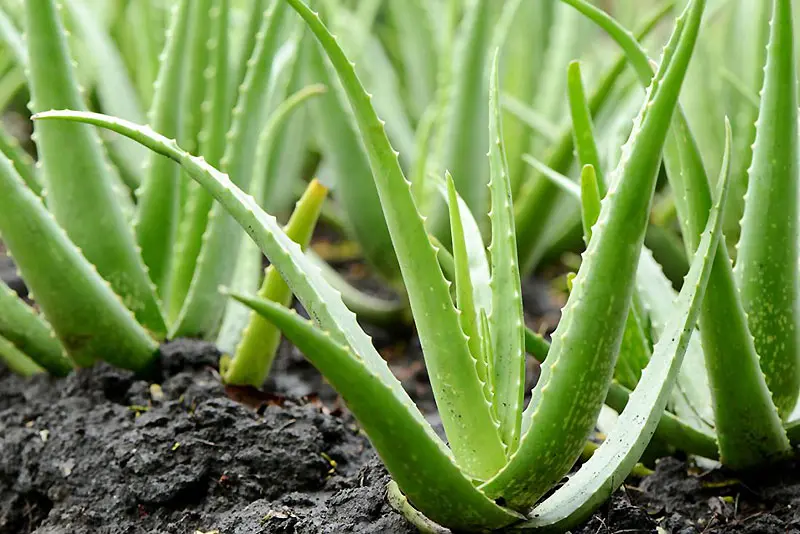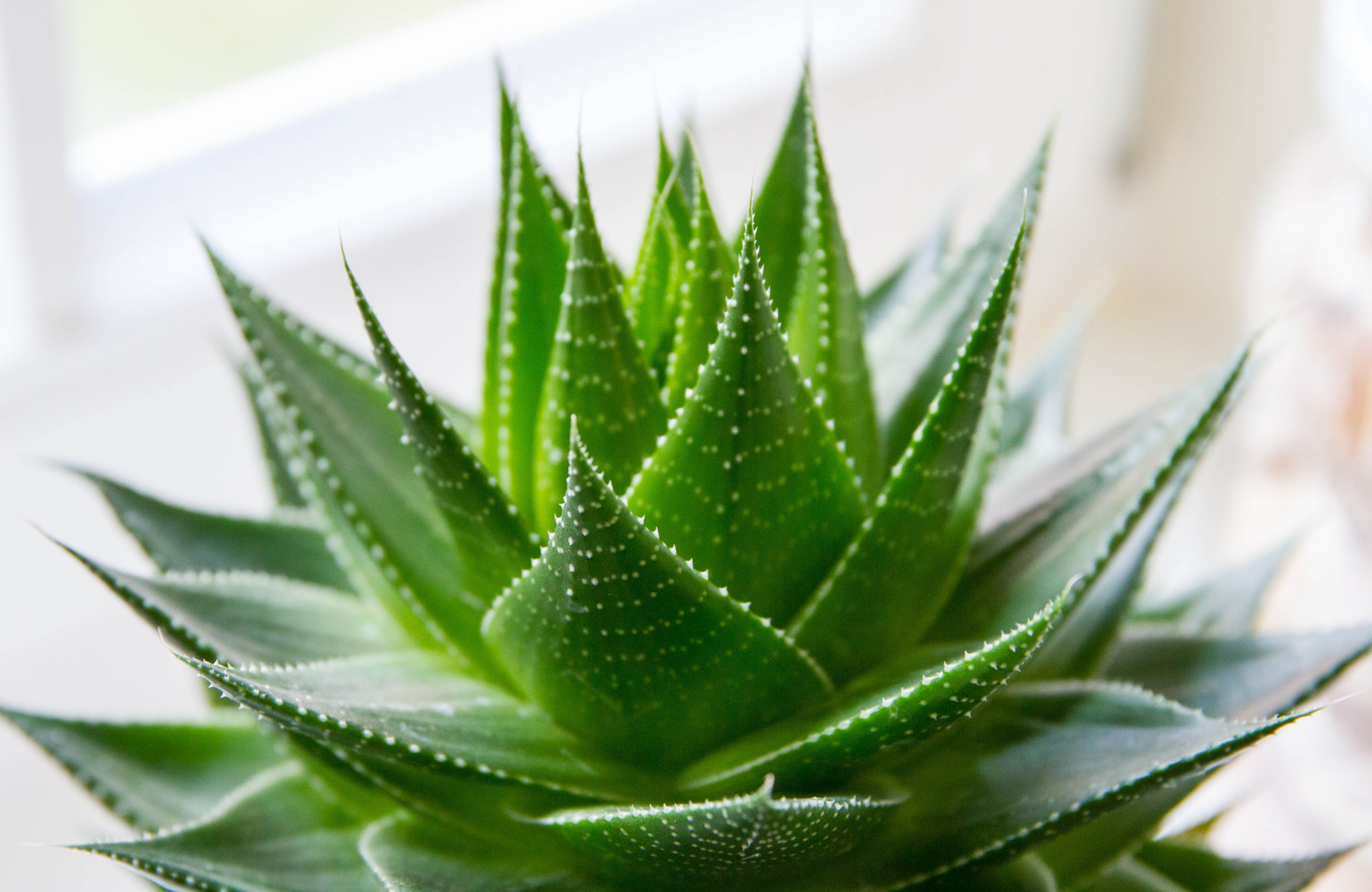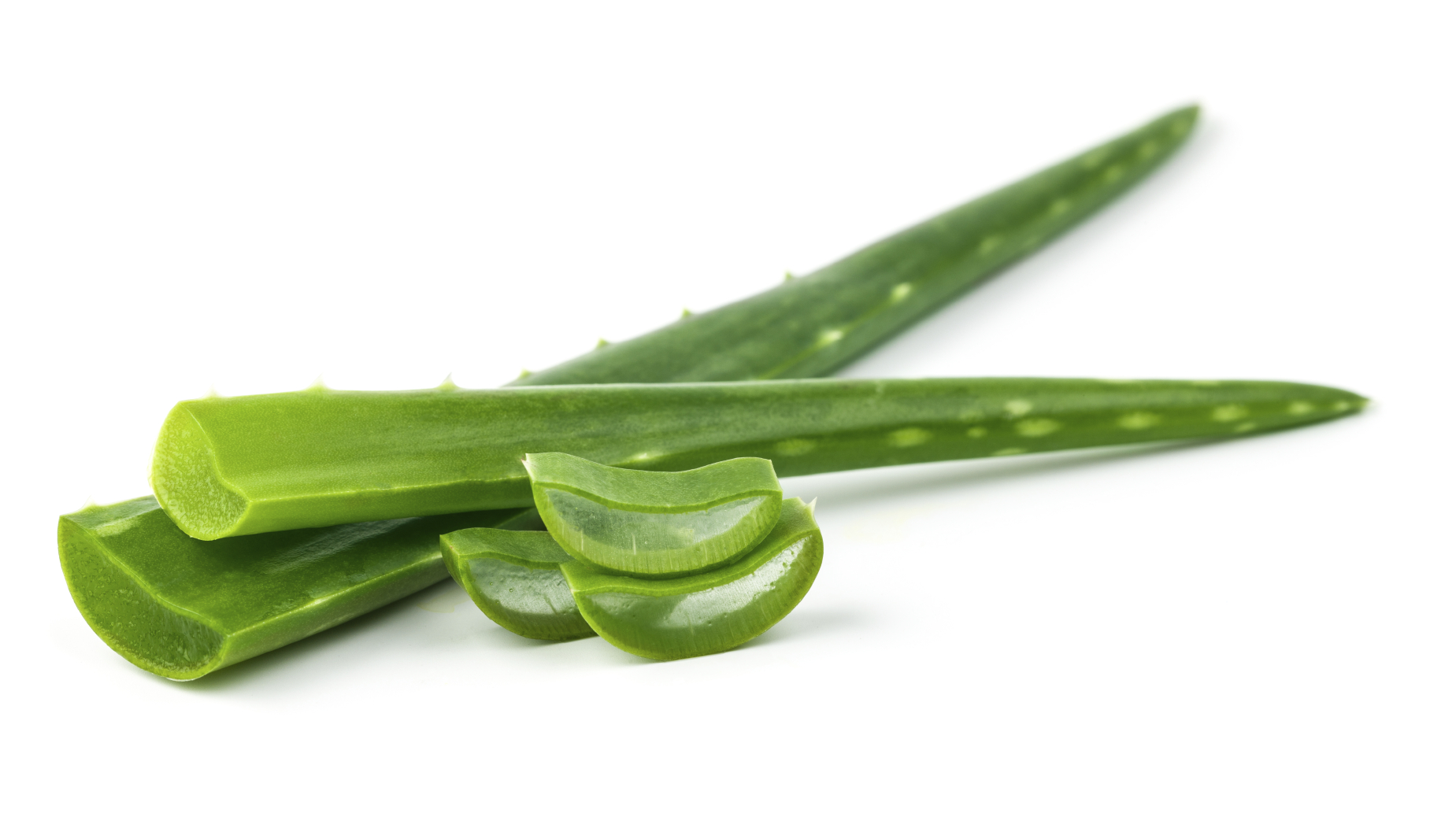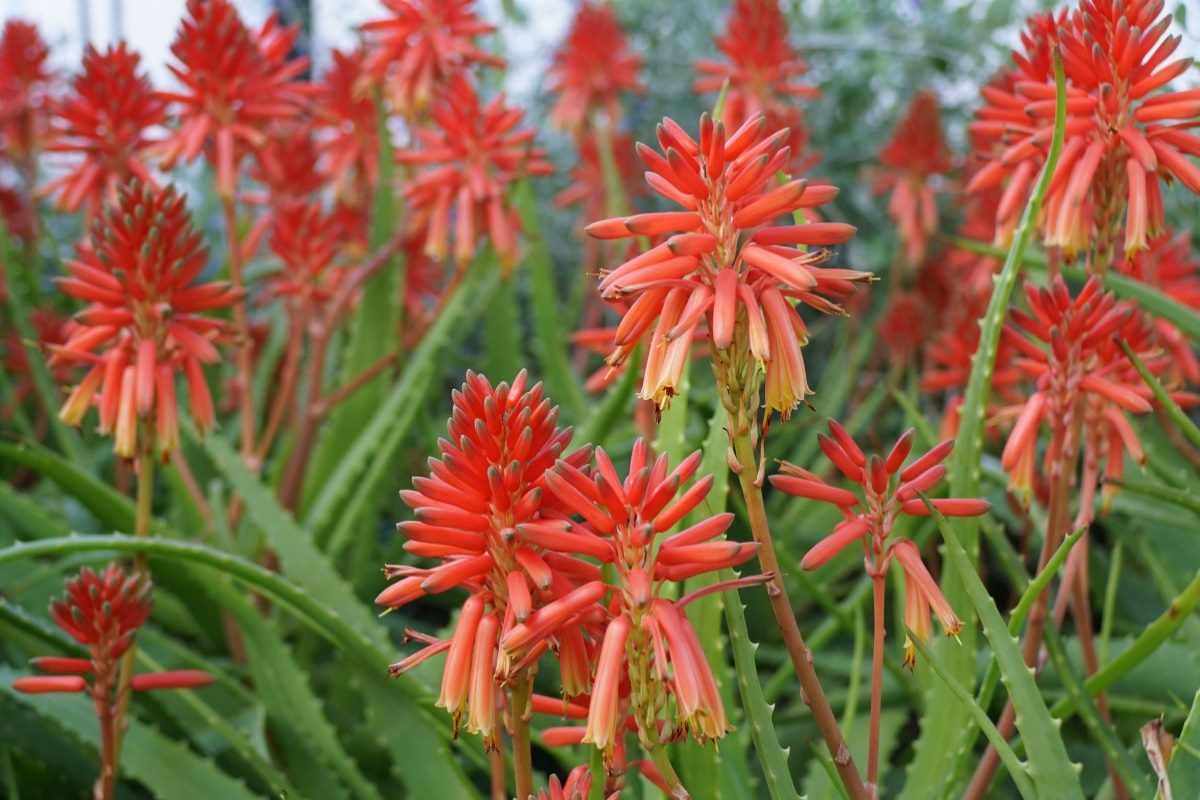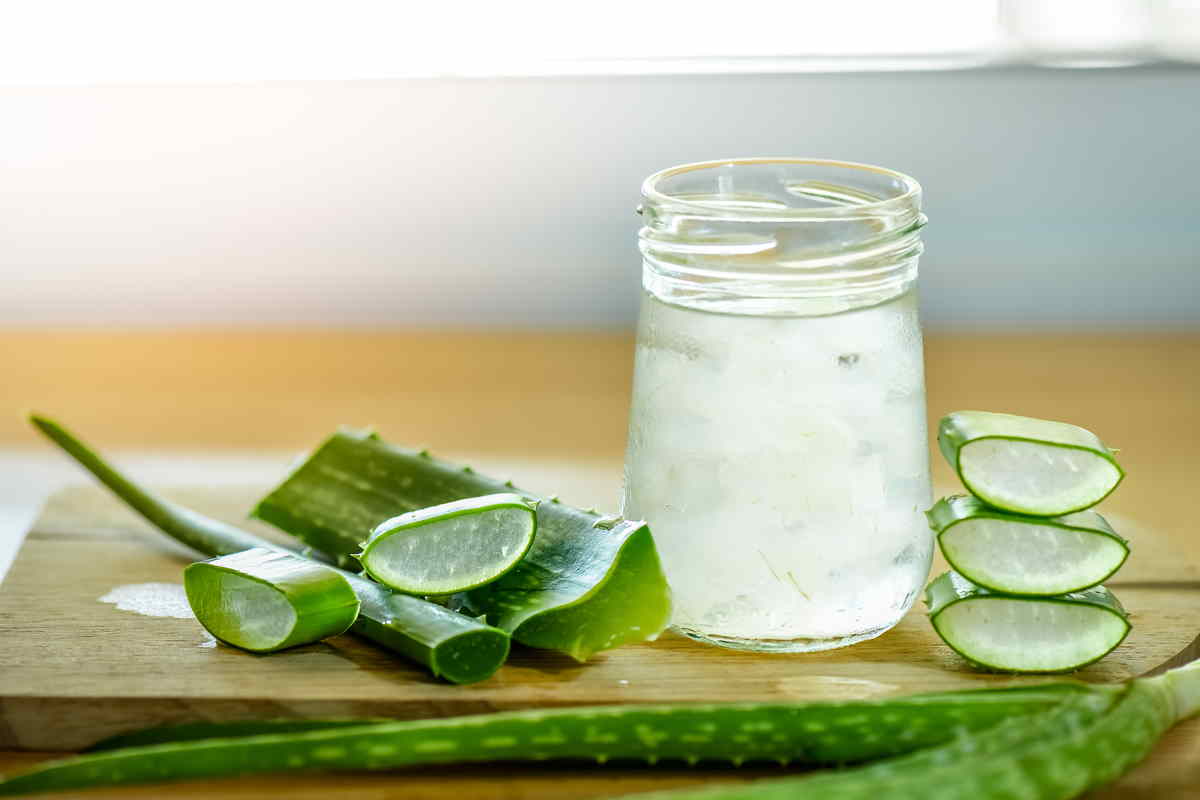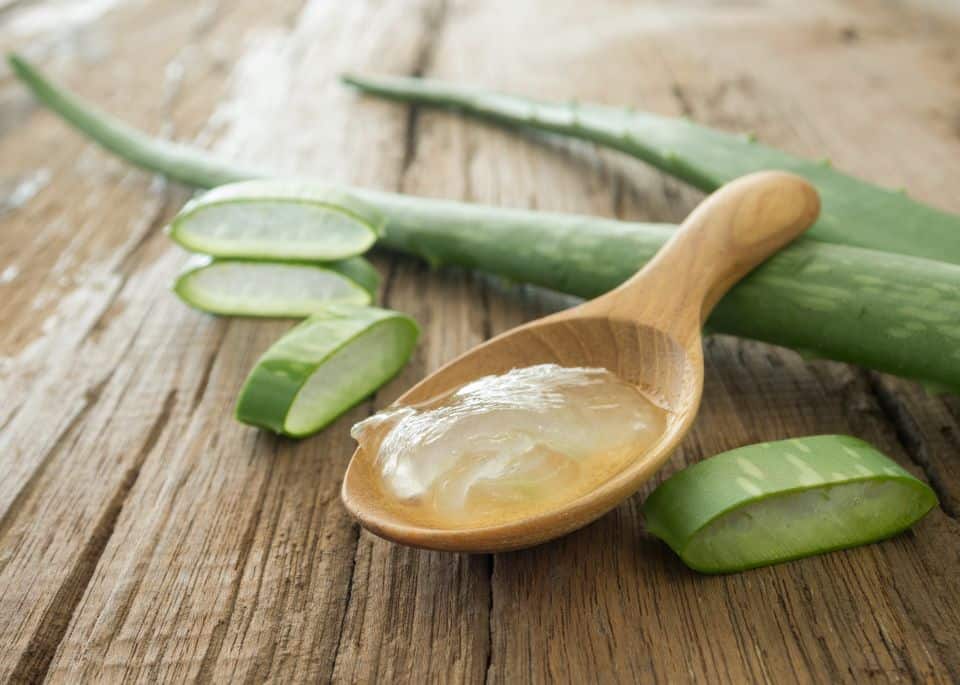ALOE VERA
WHAT IS IT?
Aloe vera is a plant that belongs to the Asphodelaceae family: it is a perennial succulent plant, which can reach 1,3 m in height and has a base of about 1 m.
Aloe vera is characterized by lanceolate leaves, arranged in a rosette, which can reach the length of 40-50 cm and the width of 6-7 cm at the base and which typically have a toothed margin.
The upper part of the leaves of Aloe vera is concave, varying in color from green to gray-green; often there is also a reddish tinge that, in younger plants, appears in the form of spots.
The margin of the leaves has a pale pink border, on which there are pale thorns with a length of about 2 millimeters.
Inside, the Aloe vera leaf consists of 3 layers:
- the first, the most external, is the epidermal tissue, resistant and fibrous.
- the second, the intermediate, is a thin layer of latex rich in aloin: latex is the most bitter layer from which you get the juice of Aloe vera, known for its laxative properties.
- the third is the most voluminous layer and it is the one containing the gel: from this layer, properly extracted without juice residues, you get the Aloe vera gel, ideal and known for the multiple skin applications.
As for the floriferous axis of Aloe vera, it can rise up to 60-90 cm in height and it has a raceme inflorescence with enlarged axis in the center.
The flowers are typically yellow, orange or red and can reach 3 cm in length.
ORIGIN
Aloe vera is native to the south-eastern part of Africa.
It can be found in tropical and subtropical areas: in fact, there are at least 350 species of Aloe vera.
USE
In the herbal, phytotherapeutic and cosmetic field the juice and gel of Aloe vera are mainly used and they are both obtained from the leaves.
The chemical constituents present inside the juice and gel are different and this determines the different properties.
-
JUICE
Aloe vera juice is obtained by percolation or by extraction from the leaves of the plant.
It mainly contains:
- Anthraquinones, including aloins A and B (respectively known as barbaloin and isobarbaloin), aloe-emodine and alosin.
- Flavonoids.
Precisely because of the important content of anthraquinones, Aloe vera juice has powerful laxative properties, so it is used for the treatment of occasional constipation.
-
GEL
Aloe vera gel is obtained from the leaves, which are first deprived of the external part from which the juice is obtained (thus eliminating the part of the plant containing the anthraquinones) and, later, squeezed.
The gel, being very unstable and sensitive to oxidation, must be immediately stabilized.
However, at the end of the extraction process, a gel is obtained and it contains:
- Water.
- Mucilage.
- Polysaccharides.
- Lecithin.
- Amino acids.
- Enzymes.
- Vitamins A, C, E, group B.
- Minerals such as iron, potassium, sodium, magnesium, zinc, phosphorus.
- Fatty acids.
- Plant sterols.
- Saponins.
Aloe vera gel possesses properties:
- anti-inflammatory.
- healing.
- immunostimulants.
Therefore, Aloe vera gel, properly extracted and purified, is used in the preparation of:
- oral products.
- dietary supplements.
- cosmetic products for external use: such products are applied directly to the skin and are indicated in case of sunburn, even the solar one, irritation and redness, insect bites, minor injuries, grazes, redness from sweat or from rubbing.
